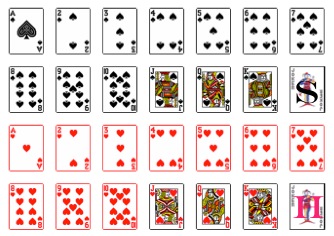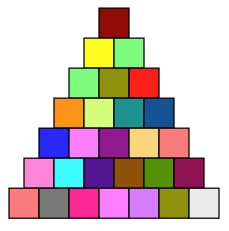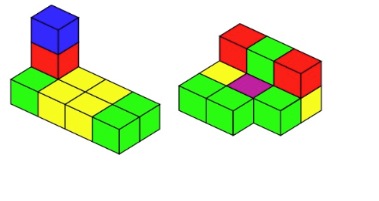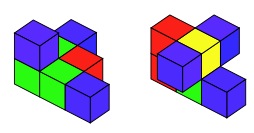Or search by topic
Number and algebra
Geometry and measure
Probability and statistics
Working mathematically
Advanced mathematics
For younger learners
28 - Upward and Onward



- Problem
- Getting Started
- Student Solutions
- Teachers' Resources
28 - Upward and Onward
You may like to have a go at the problem So It's 28 before trying this challenge.



How about if we put some small cubes together and count the faces which are visible. Can we arrange the cubes so that there are exactly 28 faces?



Why do this problem?
Possible approach
You could introduce this activity by sharing the examples of 28 in the problem and asking if any of them know something special about the number 28.
Show the group an arrangement of cubes resting on a surface and explain that 28 small faces are visible. Check that everyone is happy that we're not counting the faces that are resting on the surface. Encourage learners to work in pairs to find other arrangements which have 28 faces. Depending on your supplies of cubes, you can suggest children keep each arrangement once it is made, or that they record it in some way. (Isometric paper may be useful.)
You may like to keep this challenge as an ongoing 'simmering' activity which children add to over a period of a number of days/weeks.
Key questions
Tell me about this.
Have you anything to say about this shape that you have made?`
How could you change your shape and still have 28 faces showing?
Possible extension
Children could explore other notable things about 28, for example it's a hexagonal number. 28 is the sum of the first five consecutive primes: 2, 3, 5, 7, 11. You might like to introduce them to perfect numbers.
Possible support
Plenty of cubes will be needed for this activity. If children are struggling to record their arrangements, digital photographs may be the answer.
You may also like
Little Boxes
How many different cuboids can you make when you use four CDs or DVDs? How about using five, then six?

